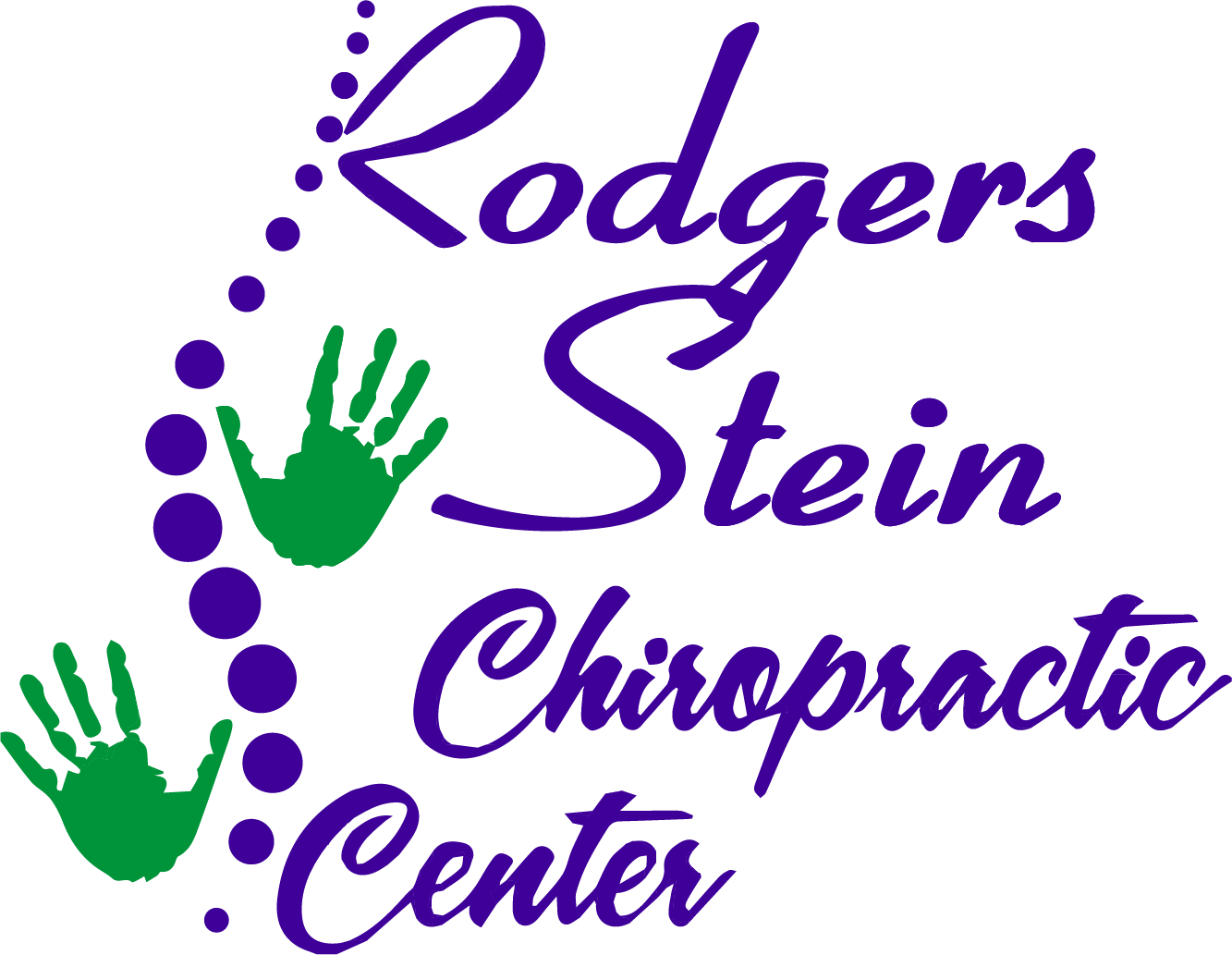You might not realize it, but your posture could be impacting your overall wellness at work more than you think. Poor posture can lead to discomfort, fatigue, and even decreased productivity. By making simple adjustments to your workspace and habits, you can foster a healthier environment that not only alleviates physical strain but also enhances your mental clarity. As you explore the connection between posture and wellness, you may find that the solutions are more accessible than you imagined. So, what steps can you take today to start feeling the difference?
Importance of Good Posture
Good posture isn't just about standing tall; it plays a crucial role in your overall health and well-being. When you maintain proper alignment, you're not only enhancing your appearance but also supporting your body's functions.
Good posture improves your breathing, allowing your lungs to expand fully, which increases oxygen intake. This boost in oxygen can help you feel more energized and focused throughout the day.
In the workplace, you might spend long hours sitting, which can lead to slouching and muscle tension. By practicing good posture, you minimize strain on your muscles and joints, reducing the risk of discomfort and chronic pain.
This can lead to fewer sick days and enhanced productivity. When you sit or stand with proper alignment, you also promote better circulation, which helps to keep your body functioning at its best.
Moreover, good posture can greatly impact your mental state. Standing or sitting up straight can improve your confidence and mood, making you feel more assertive and capable in professional environments.
It's amazing how something as simple as aligning your spine can lead to such profound effects on both your physical and mental health.
Common Posture Issues
Many people experience common posture issues that can lead to discomfort and health problems over time. Whether you're sitting at a desk or on the move, it's easy to fall into bad habits. Recognizing these issues is the first step toward improvement.
Here are three common posture problems you might face:
- Forward Head Posture: This occurs when your head juts forward, often due to looking down at screens or slouching. It can strain your neck and upper back muscles, leading to tension headaches.
- Rounded Shoulders: This happens when your shoulders round forward, typically from prolonged sitting or hunching. It can restrict your range of motion and cause upper back pain.
- Swayback Posture: This posture involves the pelvis tilting forward and the upper body leaning back, often due to weak core muscles. It can result in lower back pain and increased stress on the spine.
Being aware of these common issues is essential for making changes. You mightn't even realize you're slouching until it becomes a habit.
Take the time to evaluate your posture throughout the day, especially when sitting for long periods. Simple adjustments, like sitting up straight and aligning your ears with your shoulders, can make a significant difference.
Physical Benefits of Posture Correction
Correcting your posture can lead to a host of physical benefits that greatly enhance your overall well-being. When you sit or stand with proper alignment, your spine maintains its natural curves, reducing strain on muscles and ligaments. This means less discomfort in your back and neck, which can often stem from slouching or hunching over a desk.
You'll also notice improved circulation when you maintain good posture. By keeping your body aligned, blood flows more freely, delivering oxygen and nutrients to your muscles and organs. This can boost your energy levels and might even help you feel more alert during the workday.
Another key benefit is enhanced lung capacity. Good posture opens up your chest and allows your diaphragm to function properly, which can lead to deeper, more efficient breathing. This can be particularly beneficial during stressful moments, as it helps to keep you calm and focused.
Furthermore, correcting your posture can improve your overall balance and stability. When your body is aligned, you're less likely to experience falls or injuries, especially as you age. This is vital for maintaining an active lifestyle and ensuring you can engage fully in your daily activities.
Mental Health and Posture
Your posture can greatly influence your mood and anxiety levels, often without you even realizing it.
Standing tall not only boosts your confidence but also sends positive signals to those around you through your body language.
Posture's Impact on Mood
Good posture can greatly influence your mood and overall mental health. When you sit or stand tall, you not only project confidence but also signal to your brain that you're in a positive state. This alignment can lead to increased energy and motivation throughout your day.
Here are three ways good posture can enhance your mood:
- Boosts Confidence: When you maintain an upright position, you feel more empowered, which can elevate your self-esteem and create a more positive outlook.
- Reduces Stress: Proper posture allows for better breathing and circulation. This can help lower stress levels, making it easier to tackle challenges without feeling overwhelmed.
- Enhances Focus: Sitting or standing correctly can improve your concentration and mental clarity. You're less likely to feel fatigued, allowing you to stay engaged and productive.
Anxiety and Body Language
Anxiety often manifests in our body language, revealing more about our emotional state than we might realize. You might find yourself crossing your arms, avoiding eye contact, or fidgeting when you're anxious. These non-verbal cues can't only signal your anxiety to others but also amplify your feelings of unease. When you notice your body language reflecting anxiety, it's crucial to address it.
Being aware of your posture can help you manage those feelings. Instead of slumping or tensing up, try to sit or stand tall. Open up your posture by keeping your arms uncrossed and your shoulders back. This simple shift can make a significant difference in how you feel.
You may also consider taking deep breaths, as this can calm your mind and body. By consciously adjusting your body language, you not only communicate confidence but also help reduce your anxiety.
Confidence Through Good Posture
While many may not realize it, posture plays an essential role in shaping your confidence levels. When you stand tall and maintain an open posture, it sends signals to your brain that you're self-assured. This can help you feel more empowered in various situations, whether you're giving a presentation or participating in a meeting.
Here are three ways good posture boosts your confidence:
- Improved Body Language: Good posture exudes confidence, making you appear more approachable and assertive. This can enhance your interactions with colleagues.
- Heightened Self-Perception: When you adopt a confident posture, you're more likely to feel confident internally. It can transform your mindset and encourage a positive self-image.
- Reduced Stress: Proper posture can help alleviate physical tension, which in turn can reduce mental stress. This allows you to think clearly and project confidence.
Incorporating good posture into your daily routine is simple yet effective.
Remember, the way you hold yourself not only affects how others perceive you but also how you perceive yourself.
Workplace Ergonomics
Effective workplace ergonomics plays an essential role in promoting employee health and productivity. When you set up your workspace correctly, it can greatly reduce discomfort and the risk of injury. Ergonomics focuses on designing your environment to fit your needs, rather than forcing you to adapt to an uncomfortable setup.
Start by ensuring your chair supports your lower back and allows your feet to rest flat on the floor. Your desk height should enable your elbows to be at a 90-degree angle when typing.
It's important to adjust your computer monitor so that the top of the screen is at or just below eye level. This minimizes neck strain and encourages a more natural posture while you work.
Don't forget about keyboard and mouse placement. They should be close enough that you can use them without stretching, and your wrists should maintain a neutral position.
Additionally, take regular breaks to stand up, stretch, and move around. This can help improve circulation and reduce fatigue.
Simple Posture Correction Techniques
Correcting your posture doesn't have to be complicated. In fact, there are simple techniques you can incorporate into your daily routine that can make a considerable difference.
Here are three straightforward methods to help you improve your posture throughout the day:
- Mind Your Chair: Adjust your chair so your feet rest flat on the ground, and your knees are at a right angle. This position supports your lower back and helps maintain natural spinal curves.
- Screen Height: Position your computer screen at eye level. This prevents you from leaning forward or looking down, which can strain your neck and shoulders. Use a monitor stand if necessary to achieve the right height.
- Take Breaks: Set a timer to remind yourself to stand up and move every hour. Use this time to stretch or walk around. Not only does this reduce stiffness, but it also encourages you to reset your posture.
Implementing these techniques can considerably enhance your posture and overall comfort at work.
Remember, consistency is key. By consciously applying these simple adjustments, you'll create a more supportive environment for your body.
Over time, you'll likely notice less fatigue and discomfort, leading to improved productivity.
Role of Stretching and Exercise
Stretching and exercise play an essential role in maintaining good posture at work.
By incorporating these activities into your routine, you can reduce muscle tension and enhance flexibility, leading to better overall wellbeing.
A consistent exercise plan not only improves posture but also boosts your energy levels and productivity throughout the day.
Importance of Stretching
In the hustle and bustle of the workplace, you might overlook the essential role of incorporating stretching into your daily routine. Stretching isn't just a way to loosen up; it plays a vital part in maintaining your overall wellness.
By taking a few moments to stretch, you can greatly improve your posture and reduce the risk of injuries caused by prolonged sitting.
Here are three key benefits of stretching at work:
- Enhances Flexibility: Regular stretching increases your range of motion, making it easier to perform your daily tasks without discomfort.
- Reduces Muscle Tension: Stretching helps alleviate tight muscles, which can arise from hours spent at a desk. This tension can lead to headaches and discomfort if left unaddressed.
- Boosts Circulation: Stretching stimulates blood flow to your muscles, providing them with the oxygen and nutrients they need to function effectively.
Exercise Routine Benefits
A well-rounded exercise routine can be a game changer for your workplace wellness. Incorporating regular stretching and exercise into your day not only combats the physical toll of prolonged sitting but also boosts your mental clarity and productivity.
When you engage in physical activity, you're increasing blood flow and oxygen to your brain, which helps you think more clearly and stay focused. Stretching serves a dual purpose: it alleviates tension in your muscles and enhances your flexibility.
This flexibility can prevent injuries and improve your posture, making it easier to maintain a healthy alignment throughout the workday. You might find that simple stretches can relieve discomfort and rejuvenate you during long hours at your desk.
Moreover, a consistent exercise routine can improve your overall mood. Physical activity is known to release endorphins, the feel-good hormones, which can reduce stress and anxiety.
Building a Supportive Culture
Creating a supportive culture around posture correction is essential for fostering employee well-being and productivity. When you prioritize posture in your workplace, it not only enhances health but also boosts morale.
Here's how to build that supportive culture:
1. Encourage Open Communication: Make it easy for employees to discuss their posture challenges. Create forums or regular check-ins where they can share their experiences and seek advice. This openness helps everyone feel valued and supported.
2. Offer Resources and Training: Invest in ergonomic assessments and provide training on proper posture techniques. Whether it's workshops or online resources, equipping your team with knowledge empowers them to make better choices.
This proactive approach can markedly reduce discomfort and injuries.
3. Lead by Example: As a leader, demonstrate your commitment to posture correction. Use ergonomic furniture, take breaks to stretch, and share your own posture journey.
When employees see you prioritizing your health, they're more likely to follow suit.
Conclusion
To sum up, prioritizing posture correction in your workplace is key to enhancing wellness and productivity. By addressing common posture issues and implementing simple techniques, you can greatly improve both physical and mental well-being. Embrace a culture that supports ergonomic practices and encourages regular movement. When you take charge of your posture, you not only boost your energy and focus but also foster a healthier, more engaged work environment for everyone. Let's work together to make this change!



